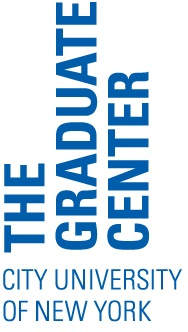6 Reasons to Teach in an Independent School
![]()
Photo by Teerasak Anantanon on Rawpixel
Many PhD candidates consider non-tenure track jobs only as a Plan B. However, there are many reasons that teaching positions at independent schools are highly desirable. For instance, teaching at an independent school comes with statistically high rates of job satisfaction. These positions not only allow you to pursue your passion for teaching, but come with additional benefits that may improve your quality of life. CUNY graduates are particularly well-suited for these positions given their extensive teaching backgrounds, and, unlike public schools, independent schools have less barriers to entry for educators since no state teaching certificate is typically required. This article provides six reasons why teaching at an independent school might be your new Plan A.
6 Reasons to Teach in an Independent School
1. Emphasis on teaching
Many students are drawn to graduate school because of their love for teaching. Teaching at an independent school offers you the opportunity to do what you love without the added pressures of higher education’s publish-or-perish mentality.
2. Geographic flexibility
Not everyone has the geographic flexibility to conduct a global or nationwide job search. According to ChronicleVitae, the number of private schools in the United States has been steadily increasing since 2012, as has their student enrollment and the number of faculty they employ. Opening up your job search to include independent schools may increase your chances of living in your preferred location.
3. Professional development opportunities
Although you may have left the university, you can still pursue an intellectual life. Independent schools often maintain funds for and prioritize professional development activities, such as attending conferences to stay up-to-date on the latest pedagogical trends. Additionally, having summers off provides you with time to continue your own scholarly research. Since many faculty at independent schools have advanced degrees, there is a strong sense of intellectual community.
4. Freedom to design curriculum
Compared to those working at public schools and many universities, faculty at independent schools have greater freedom when it comes to designing curriculum since they are not subject to state requirements. There is often little administrative oversight. Faculty have the opportunity to teach elective courses in their subject area, or to include interdisciplinary perspectives by collaborating with faculty members in other departments.
5. Smaller class sizes
Average class sizes at independent schools range from 15-20 students—a significant drop from public schools and many institutions of higher education. Smaller class sizes mean more opportunities for student mentorship, increased individualized attention, and a potentially reduced workload.
6. Competitive salary and benefits
While salaries vary from school to school, and tend to be slightly lower than public schools, they are often competitive when compared to adjuncting and include benefits such as healthcare and retirement plans. Many jobs at boarding schools also come with free room and board.
Find Out More about Teaching in Independent Schools
For more information, visit our blog post “FAQs about Teaching in Independent Schools (K-12).”




